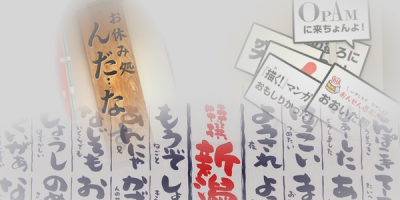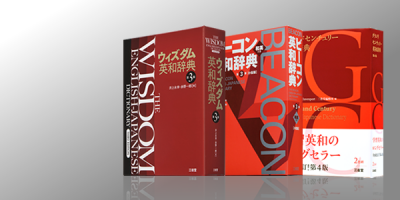
Last time I ran out of space while dividing characters that use language into four categories of character “age” and introducing the oldest of those, the “senior citizen” character. This time I will discuss the youngest character, the “baby.”
The “baby” is characterized by the use of “baby talk” such as “mamma” and “boo boo.”(1)” Grown adults will sometimes say Genki dechita ka (How are you? [infantile]) in “baby talk” when confronted with a baby, but they are merely matching their words to their conversation partner (the baby), so this is not a counter-example of character age. This is exactly like the “halting Japanese” (Anata no shimpai, watashi wakarimasu - I understand how worried you are.) that is characteristic of the “foreigner.” Even if native Japanese speakers can be drawn into using it (Arigato gozaimasu - thank you) we need not see it as a contradiction (part 16).
The same is true of Genki dechita ka, and in “baby talk” one often sees variants of the auxiliary verb desu such as dechu and deshu. Although we call them variants, dechu and deshu bear characteristics somewhat different from desu. They can be freely attached to verbs, and thus have great versatility.
When desu, dechu and deshu are added to nouns (e.g. ohirune - nap) and adjectives (e.g. nemui - sleepy), there are few differences between them —e.g. ohirune desu (I’m going to take a nap), nemui desu ([I’m] sleepy), ohirune dechu (I’m going to take a nap [infantile]), nemui deshu (I’m sleepy [infantile]). However, as seen in the naturalness of expressions like taberu dechu (I’m going to eat [infantile]) and wakatta deshu (I understand [infantile]), dechu and deshu can be freely attached to verbs.
This is not limited to the “infantile” dechu and deshu. It is similarly natural for the “Heian aristocrat’s” -de ojaru, the “samurai’s” -de gozaru, the “gentlewoman’s” -zamasu, and the “underclassman’s” -ssu to be attached to verbs, e.g. taberu de ojaru, taberu de gozaru, taberu zamasu and taberu ssu.
The same cannot be said for desu. Desu is never attached to verbs.
Well, maybe it would be going too far to say “never.” It does happen sometimes.
For example, we can look at Osamu Matsumoto’s(2)” Tantei! Naito Sukuupu Aho no Idenshi (Poplar Publishing Co., Ltd. 2005). In this book, there is a quote from Shoji Kuwabara the architect of the television program Tantei! Naito Suku-pu. Mr. Kuwahara gives an account of a fist-fight that broke out over the method of production between Aihara and Kitagawa, respectively the senior and junior directors on the show, in discussing how programs got made, and how incredible he found it.
The quote in question came just after this discussion. Kuwabara says “After that, Aihara and Kitagawa went drinking together. But I went home (boku wa kaetta desu kedo).”
It seems (perhaps not only) to me, that the use of “verb + desu” -kaetta desu kedo rather than kaerimashita kedo- subtly expresses the nuance that Kuwahara bowed out, feeling uncomfortable at being drawn into a drinking party with the two passionate directors. (To be continued.)
* * *








(1) Japanese baby-talk for “rice” and “car” respectively.
(2) 1949- Producer employed by Asahi Broadcasting Corporation.